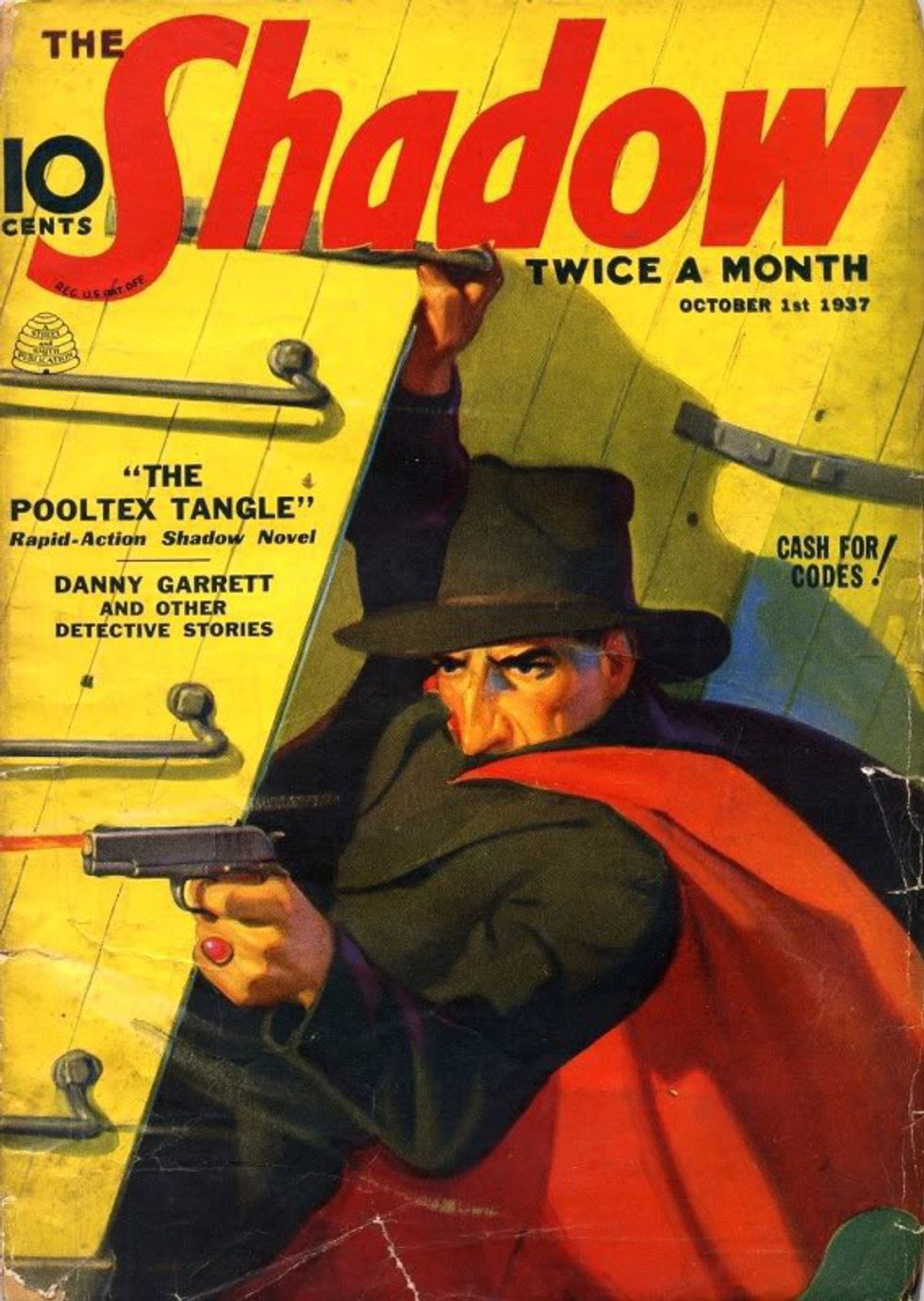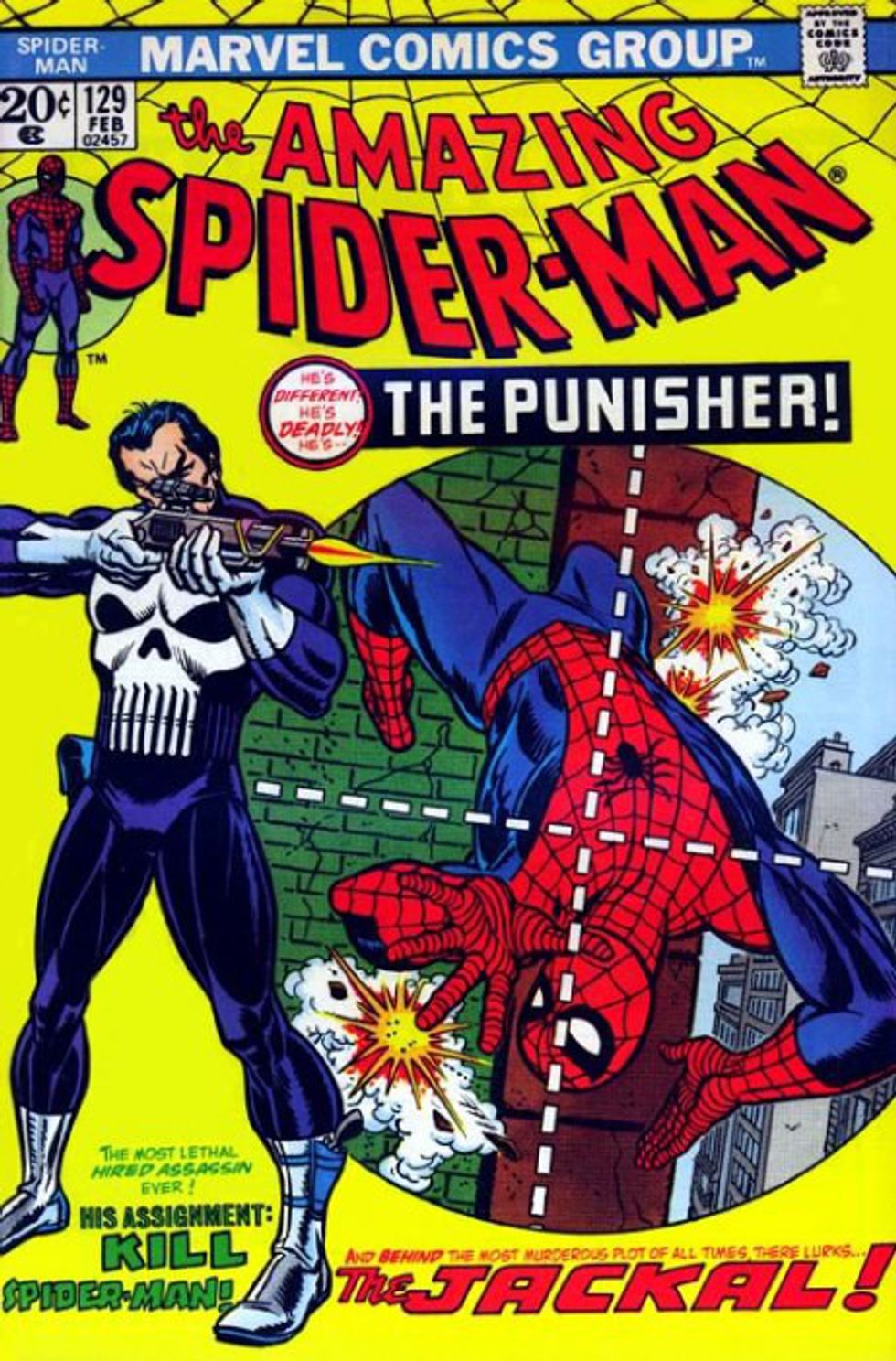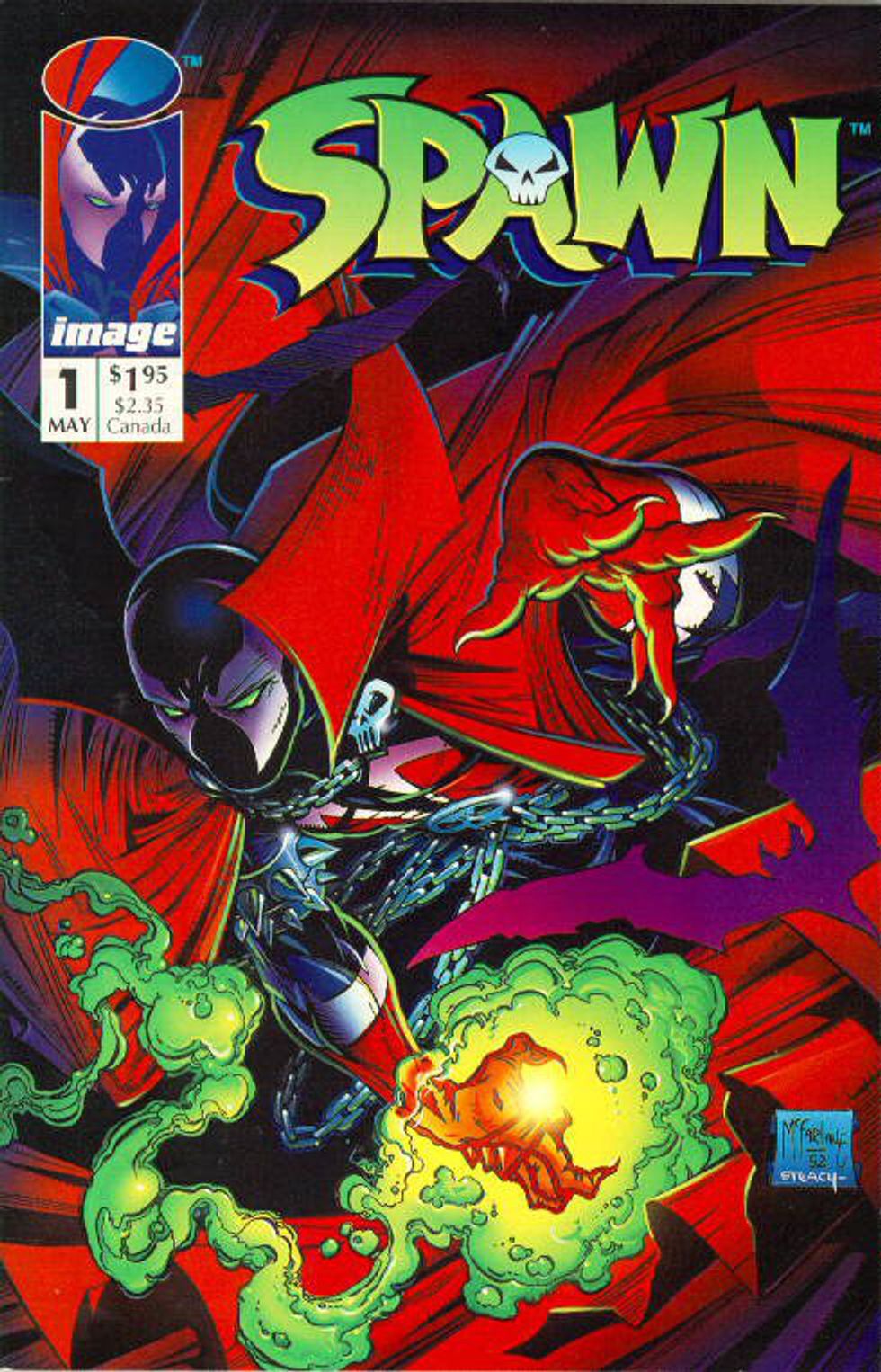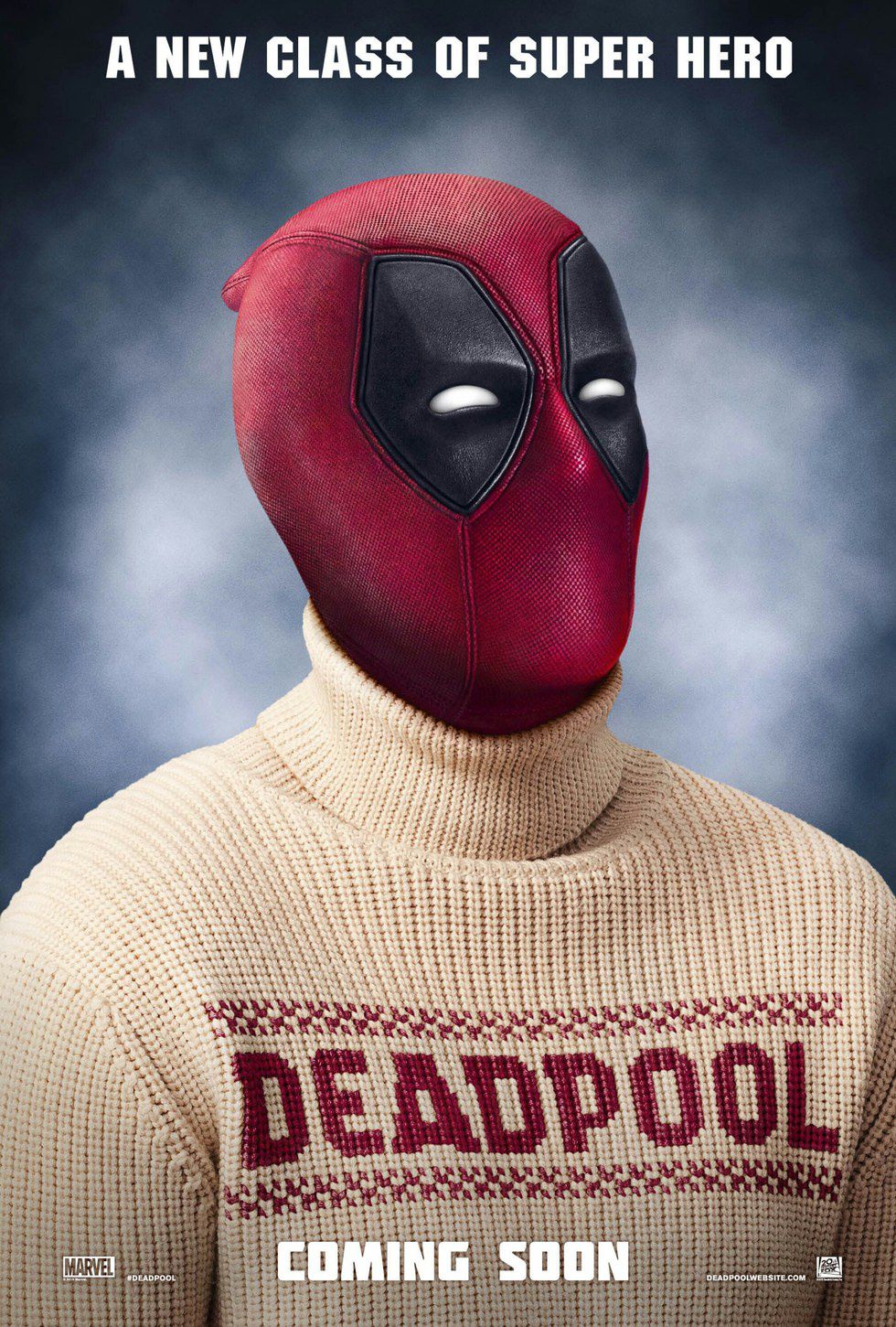The Antihero is a classic protagonist trope. From Classical Greek and Roman Drama and Literature, to modern film and television, it is a time tested and validated model. The Man with No Name from the Fist Full of Dollars spaghetti westerns, Jay Gatsby, Snape, Han Solo, and Hamlet all fit the bill. However, comics seemed to have been a late bloomer in including Anti-Heros predominately. Once a stable in the 40's, the model faced criticism by Wertham, and ultimately vanished from main stream comics for years. That being said, the Anti-Heroes that would ultimately blossom in the late 1970's and 1980's have become some of the most popular and commercially successful heroes in the medium. This posses the question, what is it about these characters that has lead to their vast success, even after years of mainstream exile? Today we examine the origins of Anti-heroes in Comics and the importance of them, not only within the panels of comics, but in every regard.
The origins of theses dark characters is obvious and clear. Pulp and Noir comics of the 30's and 40's established a clear contrast to the colorful, happy go lucky, and campy style of Superman. These Pulp books featured a dark style, accompanied with themes of mystery, adventure, sometimes occult activities, and often included a sexual aspect to it. Characters like Black Mask, The Shadow, Doc Savage, and books like Weird Tales are notable names in this genre. This style would influence characters like Batman, and would open the door for some of the aforementioned themes, but this was not the only influence. Horror Comics, infamously known for being one of the leading cause that would lead to the establishment of the Comics Code Authority, often showcased bloodshed, violence, and crime. While this was often attributes to monsters and creatures on the opposite side of the spectrum to superheroes, they would influence the likes of many modern age anti-heroes and villains.
After a long absence, dark heroes and stories returned to the comic scene during the Bronze Age. 1973-1974 introduced many Anti-heroes, Wolverine, The Punisher, Moon Knight, and Blade to name a few. These Heroes were different than your standard, "good guy" archetype like Superman. Why? Well, by the 1970's, Americas struggle in the Cold War had lead to a age of revolt, rebellion, and resistance. As television became more accessible and the violence of war became a mainstay on news, it began to rest heavily on the minds of the general public. Notice the tendency of these anti-heroes to be connected to some aspect of the Military. Punisher a Marine and Moon Knight a Mercenary to give some examples. Like Batman, they worked largely on the small scale, the underground. They often used vigilant methods, clad usually in dark colors and often appeared nightmarish. However, where Batman refused to use a gun, or kill, The Punisher was more than happy to. Then you have characters like Ghost Rider and Blade, who reintroduced the dark, horror themes to comics, which had largely become taboo as the 80's emerged. These new and reinvented trends, perhaps, reinvigorated the comic industry, and played heavily as an influence to the Modern Age of comics as the mid 1980's rolled around.
Herald by Alan Moore's masterpiece Watchmen, Heroes and Comics became gritty in the mid 80's. The Comedian and Rorschach filled the anti-hero style, using excessive force to get their way, working against the law and in the streets, and mentally unstable and troubled, all taking place inside of an alternative history United States. Soon after Watchmen came Frank Millers The Dark Knight Returns, which provided a new take on the classic Batman, redefining how the character would fight crime and injustice. Soon after characters like Spawn, Venom, and Deadpool grew to prominence. They were darker, more vicious, and, arguably, more troubled than their forerunners. Where Punisher and Daredevil were victims of real human crimes seeking vengeance, Spawn and Venom were much more supernatural and fantastical, and to match this the characters were much more brutal. Others, like Deadpool, managed to offer a snarky, comical aspect to accompany the brutal style, while somehow managing to be deep and meaningful.
This stretch from the mid 1970's to late 1990's has managed to create not only some of comics most original and remarkable characters, but has lead to the formation of some of the greatest comic related films and television. Batman: The Animated Series took back Batman from the campy themes of the 1960's, and showed that animation could be an art for enjoyed by adults. Films like Deadpool and The Crow each redefined the Superhero genre during their respected time of release, while films like The Dark Knight remain high on the box office records charts. This, all while new shows, like Netflix'sDaredevil and Luke Cagegather critic reviews and view approval. It all goes to show that the dark themes and Anti-hero comics have some level of reach into other formats. But why? As in the 70's, tension and violence has not left the public consciousness. Global terrorism, school shootings, mass murder, war, assassination attempts, and much much more. Perhaps consumers and viewers have become conditioned by violence as television and Internet accessibly grows, or perhaps, the thought and moral dilemma of forceful violence to gather results is just an appealing topic. Truth be told, there is no way to explain how or why these stories gain a following. Perhaps, it could be due to the types of people often identified as anti-heroes. With the exception of Batman, most are poverty struck, victims of a terrible tragedy but have yet to see true justice, and seek to fix something no one else could. In a world that is distinctly unfair, that seems noble and admirable. To a reader, it could be something worth supporting. Perhaps, that is the big draw. The world is unfair, but maybe there is something that sees to it the evil and wicked pay in the end.



























